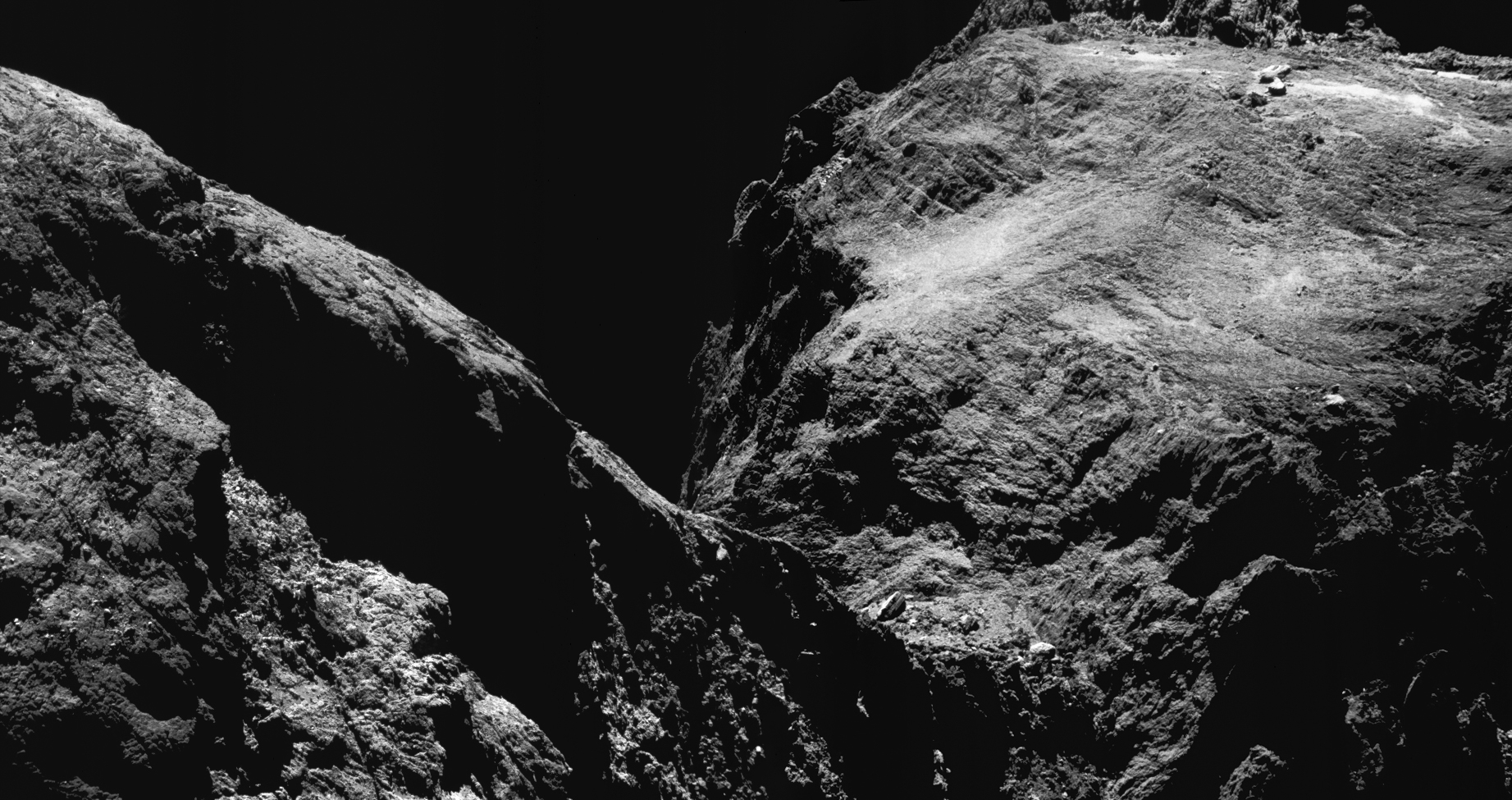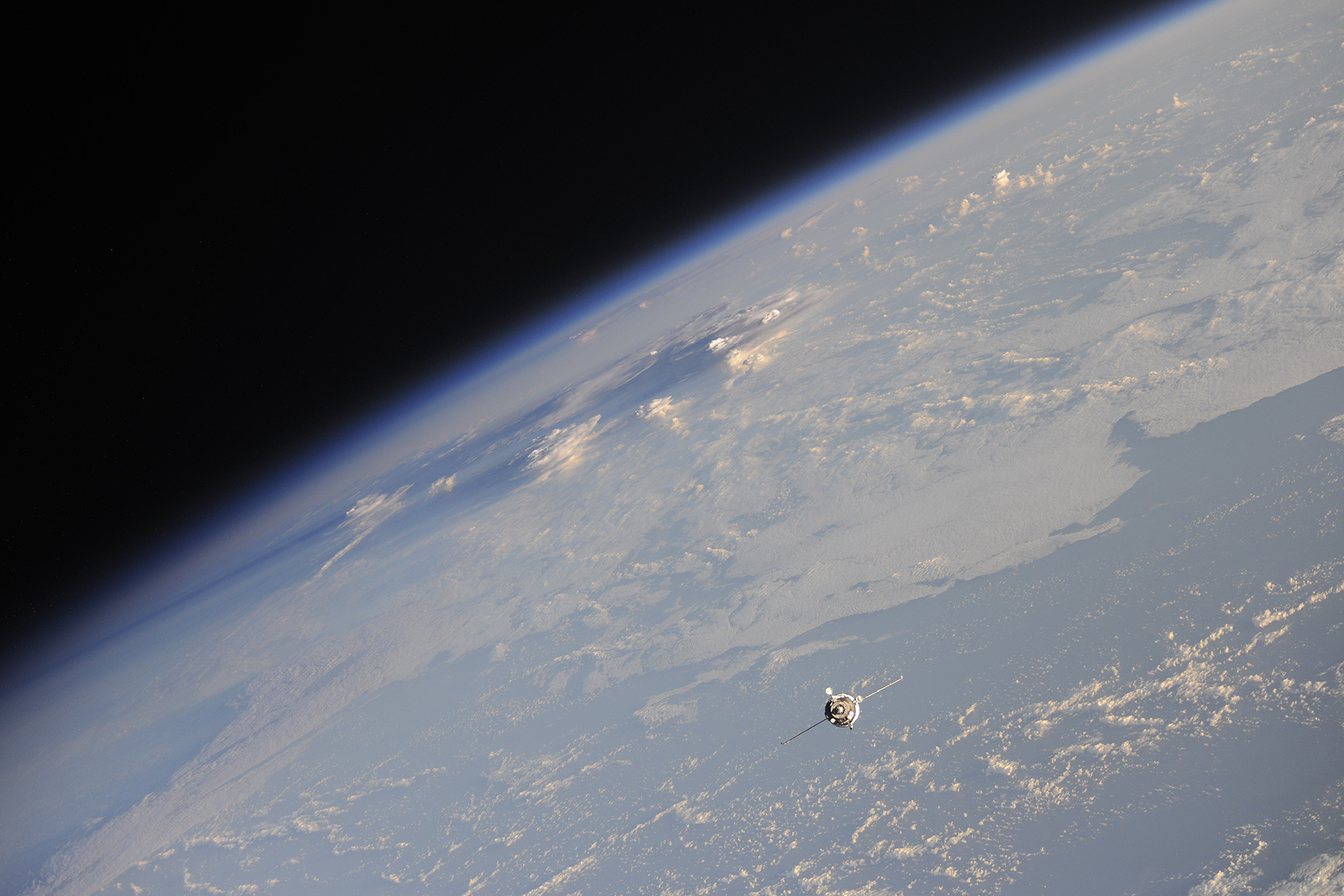Evidence found that comets helped to make Earth’s atmosphere!
21 June 2017
Last year an ESA probe called Rosetta completed an incredible mission: flying to a comet, studying it from orbit, and sending down a robotic lander! Scientists have been very busy studying the data that was gathered. They have now found evidence that comets crashed into Earth long ago, and helped to make our atmosphere!
To make this important discovery the scientists had to act like detectives. We know that Earth’s atmosphere contains tiny amounts of a gas called xenon. There are lots of types of xenon in our atmosphere, each type made in a slightly different way. This gives a kind of “fingerprint” that can be used to tell different mixtures of types of xenon apart.
Scientists have found xenon in the thin atmosphere of Mars, in asteroids, on Jupiter, and in particles from the Sun. But Earth’s xenon has a different “fingerprint” to those! This means that the xenon we have here on Earth must have come from a different place to the xenon elsewhere in the Solar System.
The xenon on Earth is very old, and over time the mixture has changed. Scientists used computer models to predict what the xenon on Earth would have been like around four and a half billion years ago, when our planet was forming. This brings us back to the ESA probe Rosetta. When it studied the comet, guess what it discovered? Xenon with almost the same “fingerprint” as xenon on the ancient Earth!
This is strong evidence that a long time in the past comets crashed into Earth, bringing xenon with them. But although the comet’s xenon is similar to early Earth’s, it is not exactly the same. In fact, the evidence found by Rosetta indicates that comets contributed about 22% to Earth’s ancient xenon, while the rest probably came from asteroids.
And if comets brought xenon, could they have brought other things too? Perhaps comets delivered amino acids – one of the ingredients for life!
Thanks to the data sent back by ESA’s Rosetta probe we are getting closer to answering all these questions, and more!
Cool fact: The official name of the comet that Rosetta studied is 67P/Churyumov-Gerasimenko. Rosetta flew incredibly close to the comet to collect xenon – just 5km above its surface!








